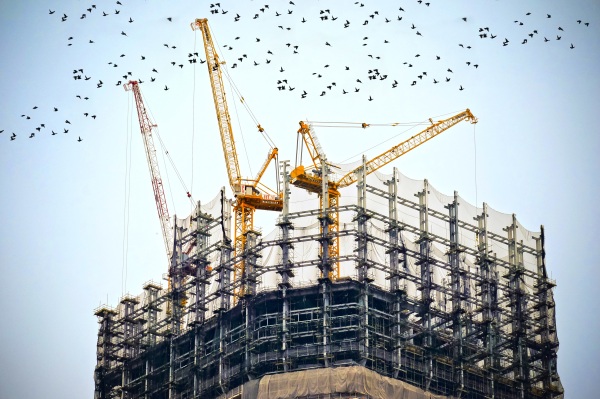This post originally appeared in the KLH Sustainability blog.
It’s the last sprint on site before the finish line. Everyone is working around the clock to finish a project. The last thing the team wants to hear is that there are sustainability targets not met that no one was paying attention to until someone highlighted them as part of the contract close-out requirements. Unfortunately, it’s a situation we’ve seen often.
It’s not enough to set targets at the beginning of a project, forget them once planning is approved, then expect them to magically be achieved by the end of the project. What does it really mean to say “achieve an air permeability of 3m3/h.m2” or “ensure materials are responsibly and ethically sourced”?
Ensuring sustainability relies on early and meaningful engagement with everyone involved. That means translating sustainability in way that helps everyone be successful:
Regulators & planners: set clear requirements and understand constraints, conflicts and implications for design
Client: set clear briefs that incorporate sustainability and work with the team to reconcile conflicting priorities
Architects & engineers: ensure designs, details and specifications meet desired outcomes by understanding implications of design decisions
Procurement: ensure tender packages include details of sustainability, that the supply chain understands what they need to deliver and prices it accordingly, not losing things during value engineering
Contractor/subcontractor: include best practices within method statements, but also engage with workforce on site and provide tools, infrastructure and training to help them succeed
Honest engagement from all sides can help not only improve outcomes on site, but advance industry knowledge by identifying what does and doesn’t work. Addressing problems head on collaboratively leads to more actual sustainable outcomes, rather than closing one’s eyes and hoping for the best or ignoring contradictions and negative data to report publicly only the positive bits.
We’ve seen many projects do things well, but many also lose money and time by doing things poorly. Here are a few tips:
- Enable everyone to take responsibility for sustainability. Spreading the knowledge helps if staff move onto different projects, prevents long-term items from being easily forgotten and increases accountability. Plus, not all projects have the budget to have a dedicated sustainability person, so it must become part of everyone’s job.
- Don’t hide behind procedures and documentation. It’s very easy to issue a requirements tracker or bury lines in contracts, but we all know no one reads them. The result is either death by procedure or playing the blame game after the fact. Of course, documentation is needed for clarity and liability, but more can be done to help ensure the message is communicated and that proper investment in people and resources is made
- Educate on best practice and make knowledge sharing a two-way process (not only training operatives to improve practices on site, but also sustainability specialists learning from site operatives to understand what does and doesn’t work)
- Understand there’s more to sustainability than compliance. The lack of resources within regulatory agencies and local authorities can mean less oversight, but it also means less assistance in the case of doing something new or difficult. Plus, there is still a duty to do what is required, and the team can be held accountable if something goes wrong later.
It’s incredibly rewarding when we see teams ‘get it’. When architects, engineers and contractors understand issues they weren’t even aware of a few months before, when they ask the right questions and challenge their own designs, the outcome is not only a better project, but better designers. They look at their other projects in a different light and increase the capacity of their own organisations, which can be a differentiator when bidding for new work.
If project teams are thinking about compliance-led sustainability requirements, the sustainability specialist can do more. Rather than chasing a BREEAM credit, the sustainability specialist can spend more time pushing the boundaries and seeking innovative solutions for complex projects.
That’s the area where KLH like to be, seeking new ideas with our industry contacts while capacity is built within the organisation of project team to meet regulatory requirements. We are seeing more and more clients requesting this type of support which is great news for the construction industry, as well as those of us that thrive on implementing new ideas!

